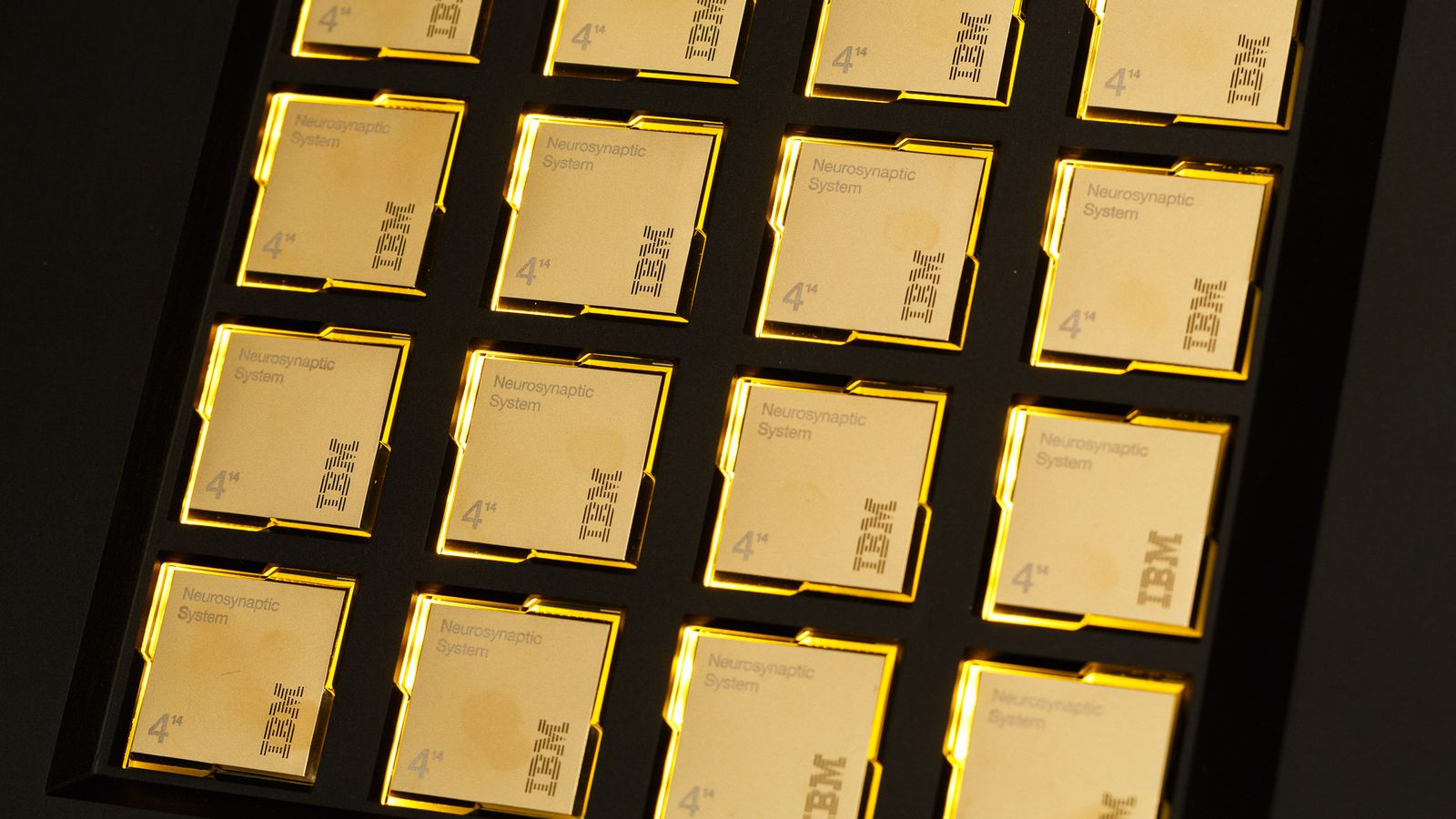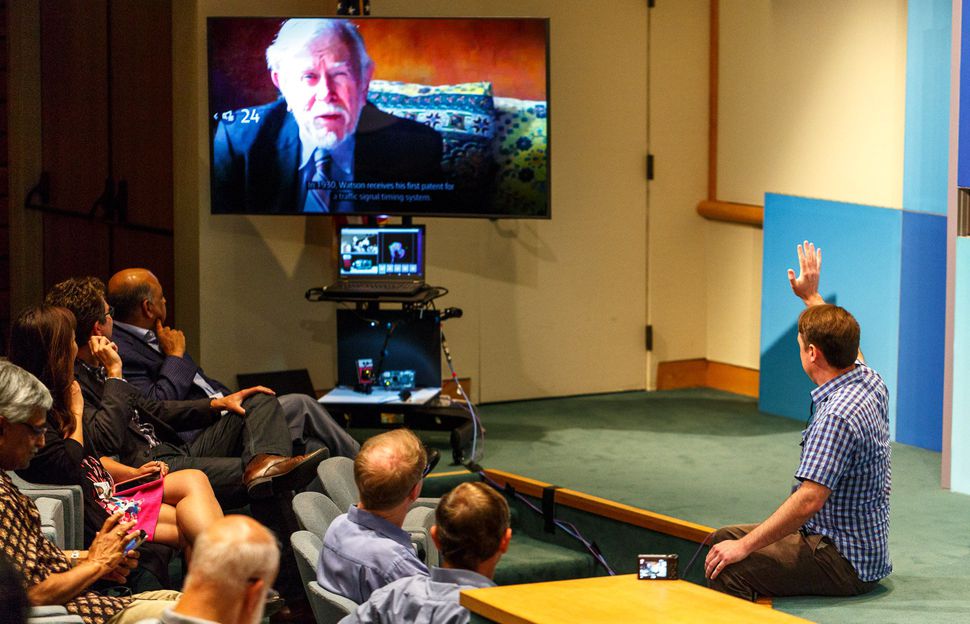Affiliate links on Android Authority may earn us a commission. Learn more.
Samsung uses IBM "brain chip" to build a digital eye
Published onAugust 15, 2016

Samsung might be best known for its Galaxy smartphones, but the company is also busy working away on some less conventional ideas. The company has just unveiled a new prototype digital eye that is built on IBM’s neuron inspired TrueNorth processors.
IBM’s TrueNorth chips don’t work like traditional CPUs found inside today’s electronics. Instead the processor is built from 4,096 computing cores that are all interlinked by some 256 million connections. This design more closely represents the way that the human brain works, with each core sending short messages to one another to help process data.
Neuromorphic chip designs like this are optimized for processing large amounts of data, while consuming less power than traditional processors. Samsung had adapted TrueNorth into its Dynamic Vision Sensor, which uses the processor to analyze each individual camera pixel for changes at a lightening fast speed of 2,000 frames per second. This high frame rate enables the digital eye to accurately track movement in a 3D space.

Samsung showed off its system in the form of a TV system that could recognize hand gestures, finger waves, and even finger pinches from up to 10 feet away. There are plenty of other potential uses for Neuromorphic processors though, ranging from AI to self-driving cars. The Air Force Research Laboratory is investigating how successful the processors are at detecting computer attacks, turning text and audio in searchable data, and allowing for autonomous drone flights. The Lawrence Livermore National Laboratory has successfully used the processor to pick out vehicles in cluttered overhead video surveillance simulations.
What’s particularly impressive about Samsung’s digital eye is that it only consumes around 300 milliwatts of power, about a tenth of your typical smartphone processor. This means that this chip or similar designs could be implemented as an assistant processor alongside today’s CPUs, even in relatively low power systems. TrueNorth is also suitable for use in higher-end systems and AI research. IBM already combines its processors in 16-chip packages.

There’s clearly a lot more research to be done into areas of computer learning and new Neuromorphic processors, but this emerging field is already moving along quite quickly. We’ve already seen what can be done with ideas like Google’s Tango and Intel’s RealSense, not to mention that modular smartphone components are now being trialled in the market, so there’s certainly a lot of potential here that might not be too far away.